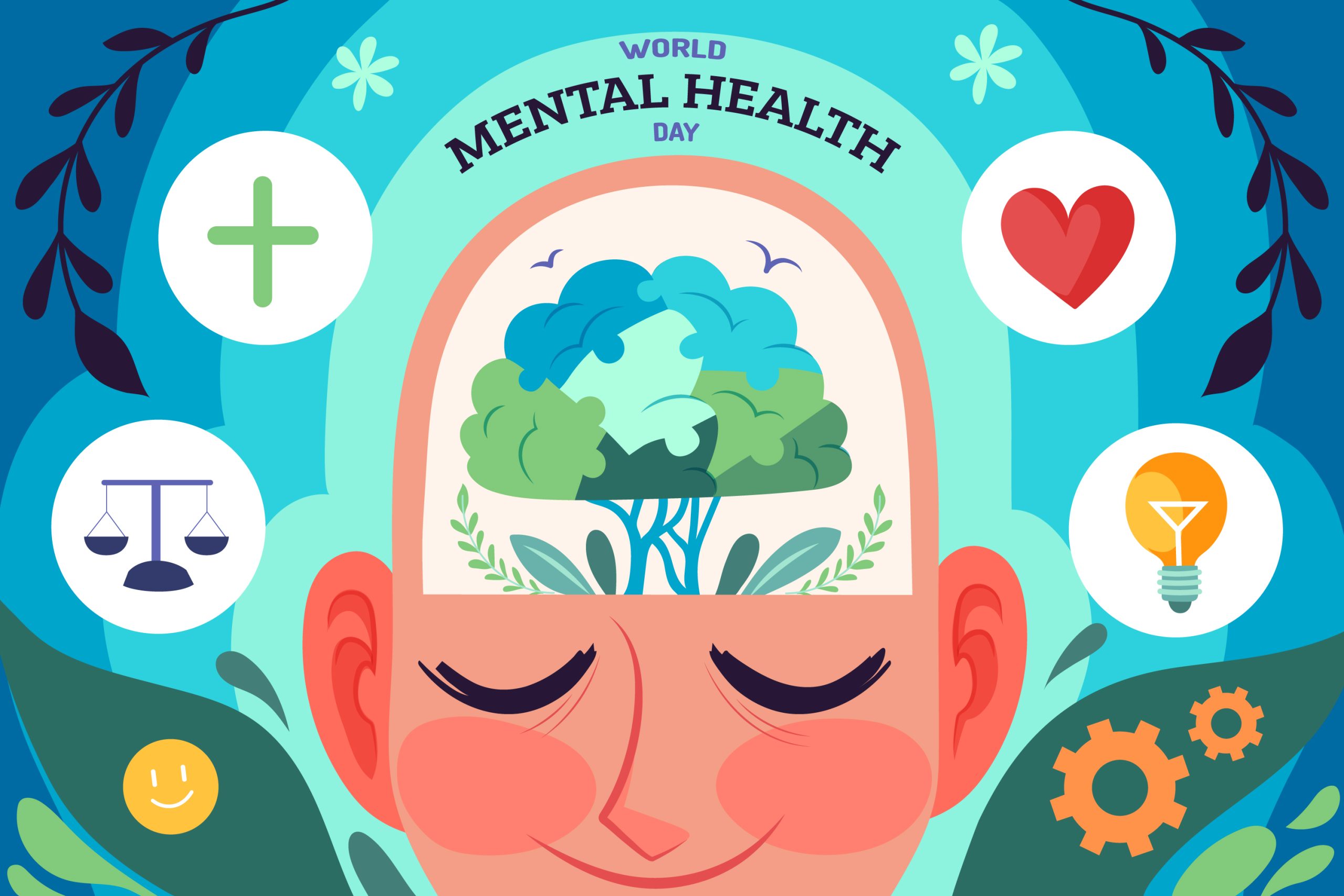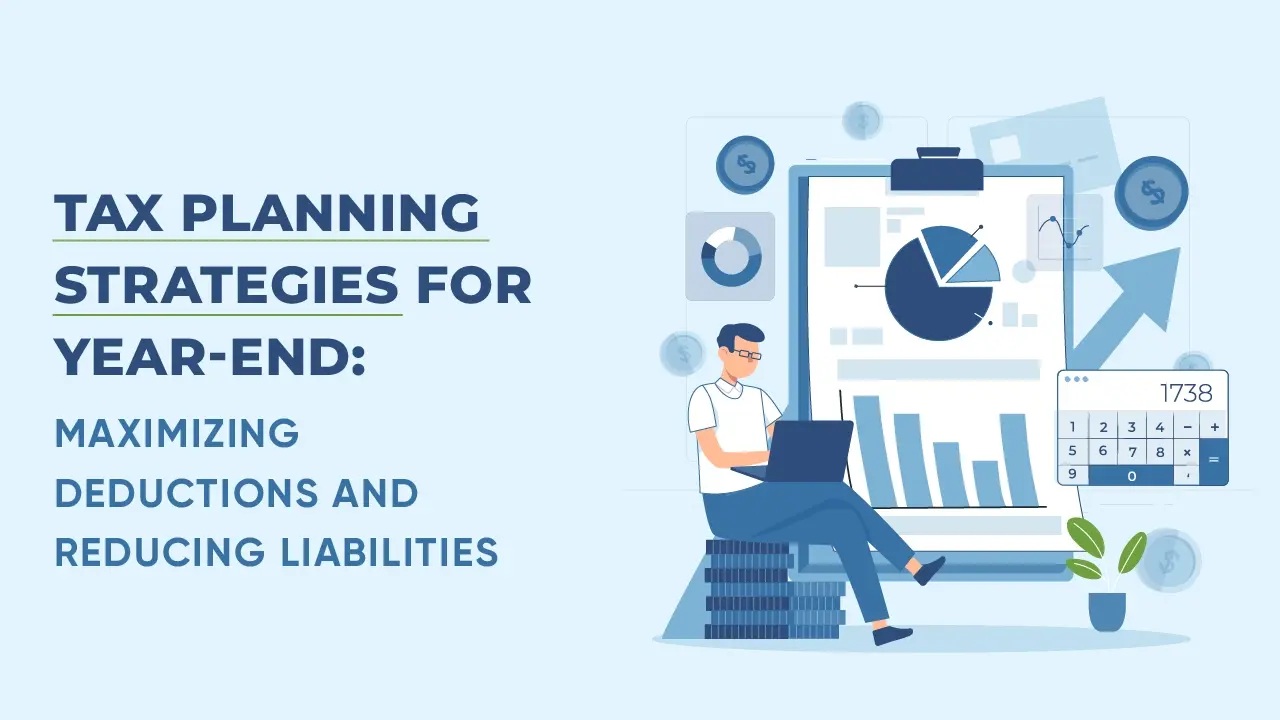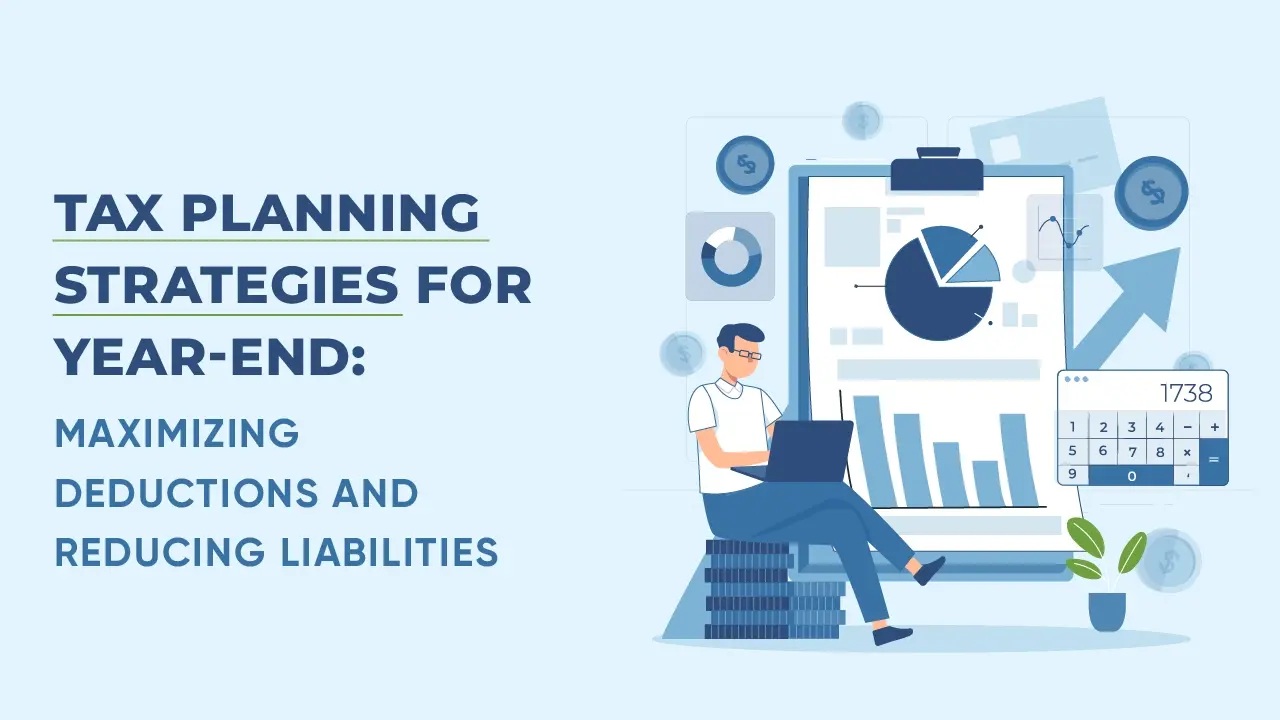Imagine walking into a classroom full of bright-eyed students, but the person leading them—the teacher—is emotionally and physically drained. This is not just a one-off scenario. It’s a reflection of a growing, global issue: the teacher burnout crisis.
In 2025, education is facing a silent epidemic. Teacher burnout is not only impacting educators’ mental health but also student performance, school systems, and the future of learning itself. Let’s dive deep into the causes, effects, and solutions to this crisis, and why urgent action is needed.
🔍 What Is Teacher Burnout?
Teacher burnout is a state of chronic physical and emotional exhaustion resulting from prolonged stress in the classroom environment. It often includes:
- Fatigue
- Cynicism
- Detachment from work
- Reduced professional efficacy
It’s more than “just stress”—it’s a systemic problem that’s now reaching breaking point.
📊 Shocking Statistics on Teacher Burnout
Let’s look at the numbers:
- Over 60% of teachers in the U.S. report feeling burnt out (Gallup, 2024).
- 1 in 3 teachers considers leaving the profession within the next year.
- Student-to-teacher ratios are worsening due to mass resignations.
- Teacher job satisfaction has hit a 20-year low.
If these numbers don’t make you pause, nothing will.
💣 Why Is Burnout Increasing in 2025?
There isn’t a single cause. It’s a perfect storm of stressors.
1. Post-Pandemic Fallout
COVID-19 changed education forever. Hybrid models, digital classrooms, and inconsistent school closures added pressure to an already overloaded profession.
2. Understaffing and Overwork
As more teachers quit, remaining staff are expected to do more with less. Covering classes, supervising extra activities, and administrative duties leave little time to breathe.
3. Lack of Autonomy
Rigid curriculums and test-based teaching mean teachers have less freedom in how they teach.
4. Student Behavioral Challenges
Mental health issues among students are rising, and teachers often serve as first responders, without any formal training in counseling.
5. Low Pay and Little Recognition
Despite being pillars of society, many teachers feel underpaid and undervalued.
🧠 The Psychological Toll of Burnout
Burnout is not just “being tired.” It can lead to:
- Depression and anxiety
- Insomnia
- Physical health problems
- Reduced empathy for students
- Emotional detachment
These effects ripple through classrooms, schools, and entire communities.
🎓 How Burnout Affects Students
Burnout doesn’t just hurt teachers—it’s a student issue too.
- Burnt-out teachers are less engaged.
- Classroom management deteriorates.
- Student achievement drops.
- Emotional support becomes limited.
A teacher’s energy sets the tone. If they’re running on empty, everyone suffers.
🌐 Global Impact: It’s Not Just a U.S. Issue
From the U.K. to Australia, India to South Africa, teacher burnout is a global crisis. Education systems everywhere report increasing resignations and declining performance.
- Finland, once a global model of education, saw a 25% drop in teacher retention.
- In Japan, “karoshi” (death by overwork) is a growing concern in education.
- In developing countries, lack of resources adds extra layers of stress.
📉 Economic Consequences of Burnout
Here’s something most people don’t consider:
- Teacher burnout leads to higher recruitment costs.
- It increases turnover, affecting school budgets.
- Poor student outcomes affect long-term economic productivity.
When education fails, economies follow.
💬 Real Voices from the Classroom
Let’s hear it directly:
“I love my students, but I’m drowning. I cry in my car before work every day.”
— High school teacher, Texas
“We are not robots. We can’t give our best when we’re constantly overwhelmed.”
— Primary school teacher, U.K.
These aren’t isolated voices. They’re the new norm.
💡 Solutions: What Can Be Done to Reverse the Crisis?
Thankfully, burnout is not irreversible. But it needs real, structural change.
1. Increase Teacher Pay
It’s not just about money—but fair compensation helps retain talent and boost morale.
2. Reduce Class Sizes
Smaller classes mean less stress and more effective teaching.
3. Mental Health Support
Regular therapy sessions, mindfulness training, and emotional wellness programs can make a big difference.
4. Empower Teachers
Give educators more control over curriculum design and classroom management.
5. Reduce Administrative Load
Paperwork eats into planning time. Automate what can be automated.
6. Hire Support Staff
Counselors, aides, and assistants help teachers focus on teaching, not crisis control.
7. Foster a Healthy School Culture
Encourage collaboration, respect, and open communication between staff and administration.
🏫 Role of School Leadership
School principals and district leaders have the power to:
- Set realistic expectations
- Advocate for more resources
- Recognize and reward effort
- Be transparent in communication
Leaders who listen create schools where teachers thrive.
🌍 Government’s Role in Solving Teacher Burnout
Policy change is crucial. Governments must:
- Fund schools adequately
- Prioritize teacher mental health
- Enforce reasonable workloads
- Make education a national priority
Without legislative action, solutions remain out of reach.
📱 Can Technology Help or Hurt?
Edtech is a double-edged sword.
Pros:
- Saves time with automation
- Enables flexible learning
- Allows collaboration
Cons:
- Increases screen fatigue
- Requires constant adaptation
- Reduces human interaction
Balance is key. Tech should support, not replace, teachers.
📘 Case Studies: Schools That Solved Burnout
1. Finland’s Teacher-Centric Model
- Flexible curriculum
- High trust in educators
- Emphasis on teacher well-being
2. Canada’s Professional Learning Communities
- Weekly wellness breaks
- Peer mentoring
- Ongoing training
These models prove that burnout is beatable—with the right approach.
🌱 Preventing Burnout from Day One
Start at the beginning:
- Better teacher training on self-care
- Mentorship for new teachers
- Encourage work-life balance from the start
Prevention is more effective than damage control.
📣 What Can Parents and Students Do?
It’s not just an admin issue. Everyone can help:
- Parents can support by communicating respectfully and understanding teacher boundaries.
- Students can show appreciation and follow classroom norms.
- Communities can advocate for better funding and school policies.
🏁 Final Thoughts: Reignite the Passion for Teaching
Teaching is a calling. But even the most passionate teachers can’t pour from an empty cup.
The teacher burnout crisis is a red flag for society. If we want quality education, we must take care of those who deliver it. It’s time to acknowledge the issue, advocate for change, and act with urgency.
Because without teachers, the future doesn’t stand a chance.
🔚 Conclusion: We Can’t Afford to Wait
We owe our future generations more than burnt-out educators and failing schools. This crisis demands immediate attention from governments, school boards, parents, and society as a whole. With the right investment—time, resources, and compassion—we can rebuild a healthier, stronger education system where teachers thrive, not just survive.
❓5 Unique FAQs About Teacher Burnout
1. What are early signs of teacher burnout?
Early signs include fatigue, irritability, decreased performance, insomnia, and emotional detachment.
2. Can burnout cause teachers to leave the profession?
Absolutely. Many cite burnout as the primary reason for resigning, especially mid-career.
3. Are certain teaching levels more prone to burnout?
Yes. High school and special education teachers report higher levels of burnout, but it’s widespread across all levels.
4. How can schools prevent burnout among teachers?
By reducing workloads, providing mental health support, recognizing achievements, and improving pay.
5. Is teacher burnout reversible?
Yes, with the right support and systemic changes, many teachers recover and return to enjoying their profession.
Sustainable Tech: Energy-Efficient Computing and Green Data Centers in 2025



























